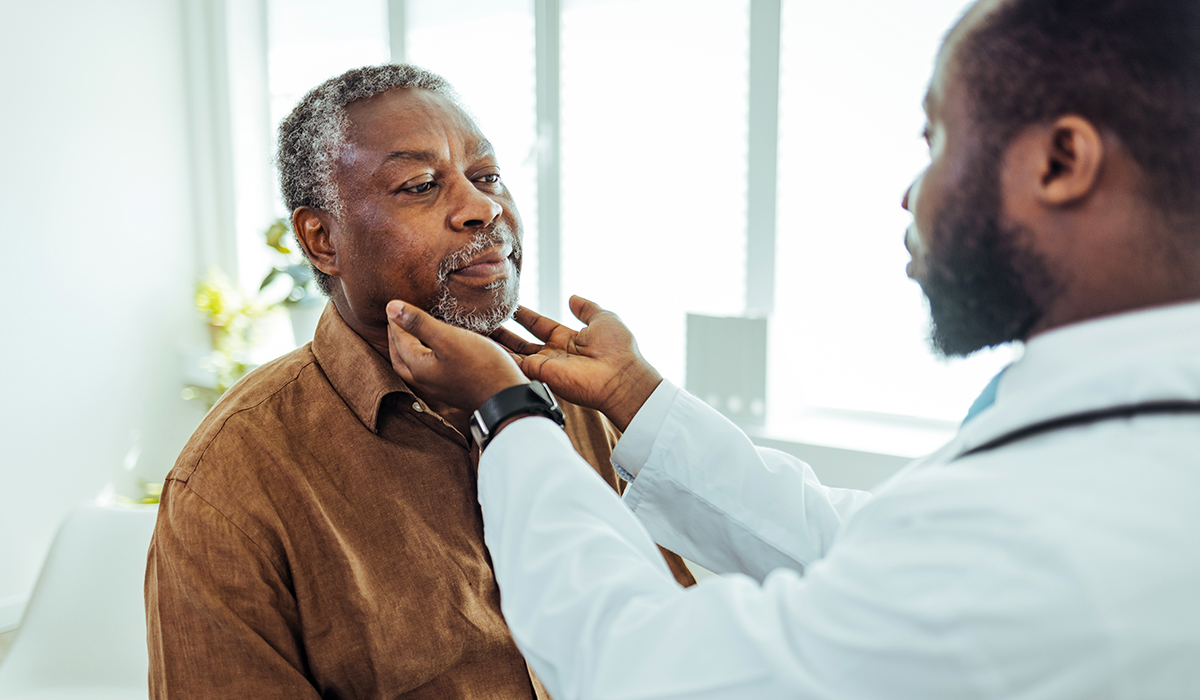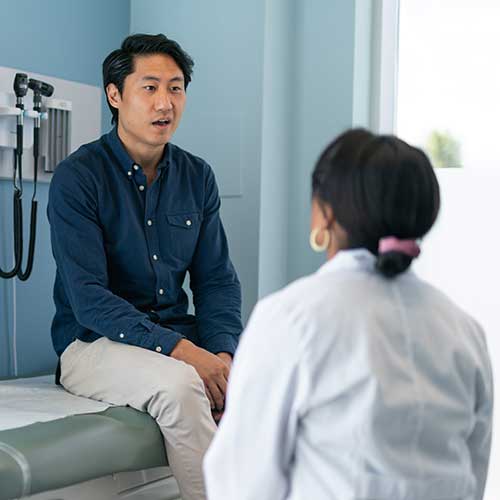June 2024
Many men avoid seeing a doctor or other primary care provider for regular checkups. In fact, a national survey by the Cleveland Clinic found only 56% of men get a yearly physical.
But skipping regular checkups isn’t a great idea. Here’s why it’s important for men to have a primary care provider — and see them regularly.
What’s a primary care provider?
A primary care provider is a health care professional who oversees your health care in non-emergency situations. Often, primary care providers are doctors. Depending on where you receive your care, you may also see a physician assistant or nurse practitioner as your primary care provider.
The role of primary care providers in men’s health care
Regardless of who provides your care, seeing a primary care provider on a regular basis is an important part of maintaining good physical and mental health. The goal of having a primary care provider is to create an ongoing patient-provider relationship with a medical professional you trust. From your first appointment and over time, your primary care provider can:
- Address your physical, mental, and behavioral health (they may ask you about smoking and tobacco use, depression and anxiety, diet and exercise, drug and alcohol use, and sexual activity)
- Provide preventive care, including recommended vaccines
- Diagnose and treat common medical conditions
- Take care of acute or short-term illnesses, such as bacterial or viral infections
- Recommend healthy lifestyle changes
- Review medications and supplements you take to prevent drug interactions
- Refer you to a medical or surgical specialist if necessary
What happens during a regular checkup?
A regular primary care provider visit can help you take charge of your health. Checkups for men can include:
- Going over your medical and family history
- Giving you a physical exam, which may include a skin exam to look for skin cancer and a testicular exam to assess the health of your testicles (while very rare, testicular cancer is one of the most common cancers in men ages 20 to 39, according to the National Cancer Institute)
- Measuring your height, weight, BMI, pulse, and blood pressure
- Screening you for medical issues
Recommended screenings for men
The U.S. Preventive Services Task Force recommends the following screenings. Your primary care provider will let you know when and how often you need each:
- Blood pressure: From ages 18 to 39, you should have your blood pressure measured once every three to five years. Starting at age 40, you should have your blood pressure checked every year.
- Cholesterol: Starting at age 35, you should have a cholesterol screening once every five years. If you have risk factors for coronary heart disease, you should begin cholesterol screenings at age 20 and get checked more often.
- Colorectal cancer: If you are between the ages of 45 and 75, your primary care provider should screen you for colorectal cancer. Because there are several screening options, your primary care provider can help you choose one that’s right for you. Depending on which you choose and what each test finds, you may get screened annually, or every three, five or 10 years. Your doctor can also help you decide whether you need to continue these screenings after age 75.
- Diabetes: Starting at age 35, you should get screened for diabetes every three years.
Your provider may also recommend a one-time screening for hepatitis C and HIV. Depending on your specific risk factors, they may recommend other screenings, such as those for lung cancer or osteoporosis. Men ages 55 to 69 should talk to their primary care provider about the pros and cons of having the PSA test to screen for prostate cancer.
Regular visits and screenings can help prevent or treat common health conditions in men, including depression, heart disease, prostate cancer, and low testosterone. Even if you feel healthy, seeing a doctor or other provider is one of the best ways to make sure you can stay healthy.



